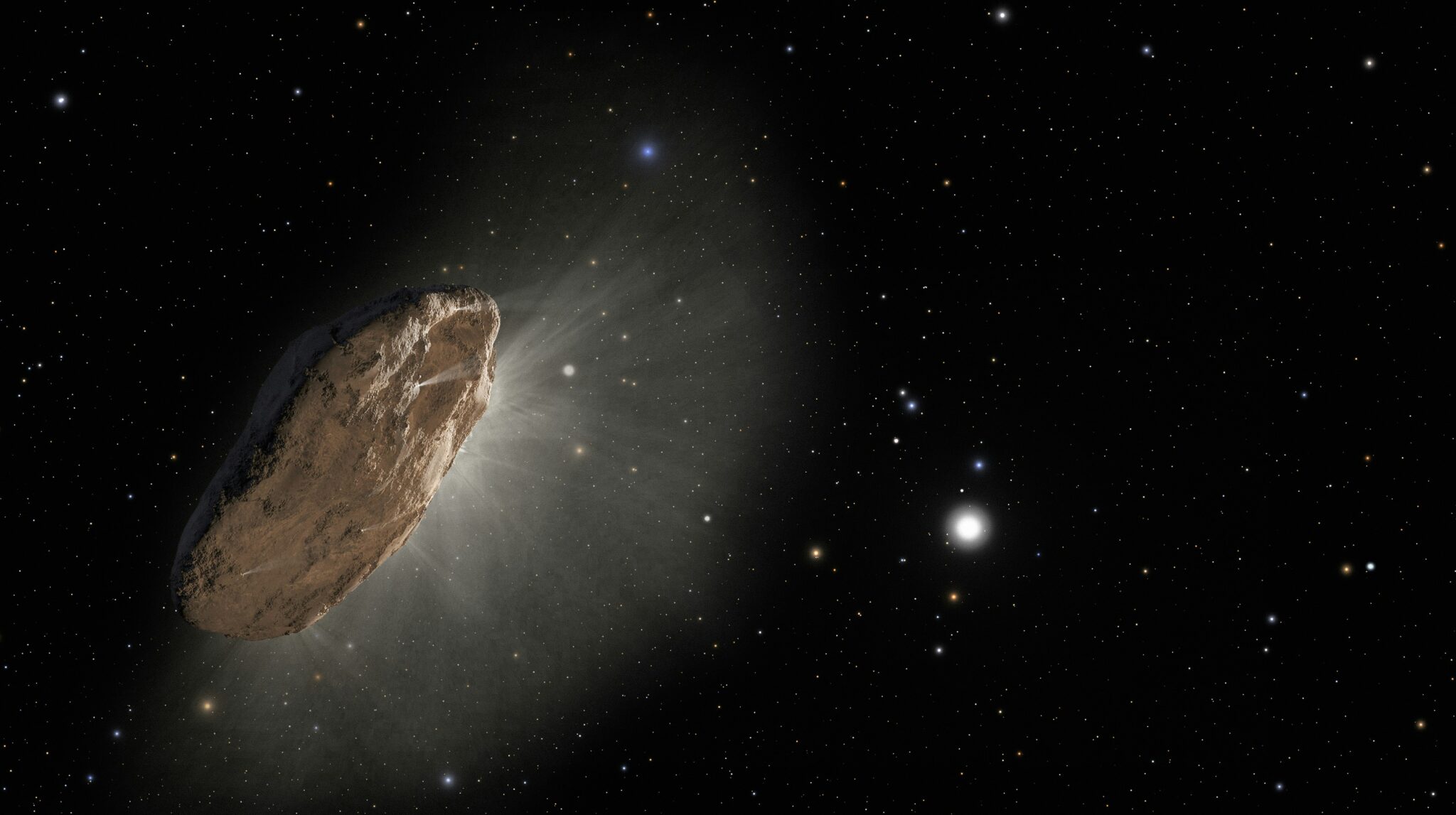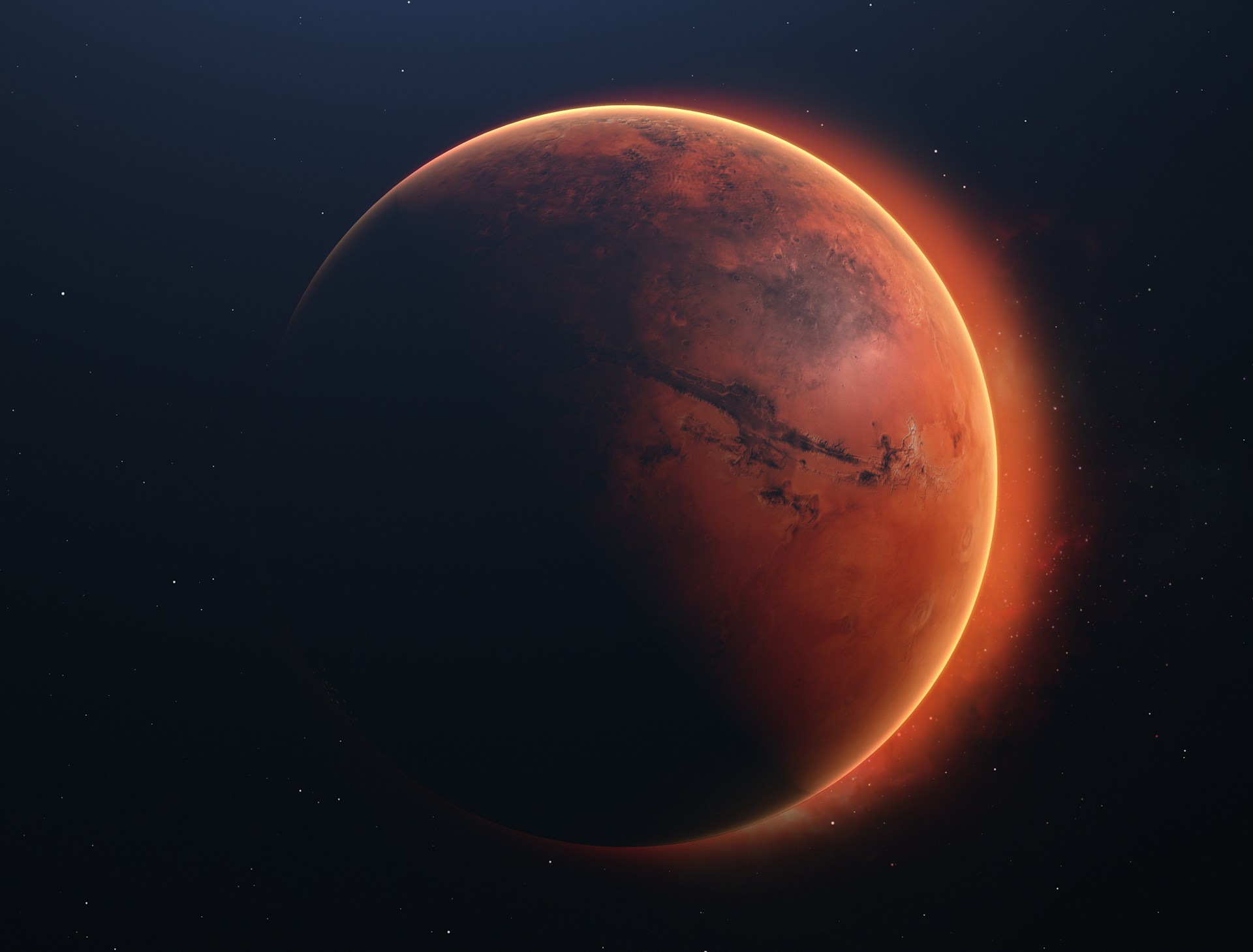Believe it or not, debris from Mars often makes its way to Earth after powerful impacts on the Red Planet’s surface that eject them into space. At least 10 such events have occurred on Mars in recent years. During these collisions, meteorites can reach speeds that allow them to escape the gravitational field of Mars and enter orbit around the Sun, and some of them make it to Earth.

Scientists from the University of Alberta traced the origin of 200 such meteorites to five impact craters in two volcanic regions of Mars – Tharsis and Elysium. “Now, we can group these meteorites by their shared history and then their location on the surface prior to coming to Earth,” said Chris Herd, curator of the university’s meteorite collection.
There are 48.5 tons of meteoritic material falling to Earth every day, but most of the particles are so small that they are hard to see. Identifying their origin is difficult, but in the 1980s scientists noticed that some meteorites were of volcanic origin and as old as 1.3 billion years. This indicated that they could have originated from a celestial body with recent volcanic activity, and Mars seemed a likely candidate.
The evidence was confirmed by NASA’s Viking landers, which compared the composition of Mars’ atmosphere with the gases found in these meteorites. Previously, it was difficult to determine exactly the origin of these meteorites on Mars because of the spectral method, which analyzes the structure of light absorbed or emitted by the material.
The method is limited by topography and dust cover, which distorts the spectral signals, especially on the young surfaces of Tharsis and Elysium. But knowing exactly where Martian meteorites originate could help better understand Mars’ geologic past. So the team combined collision simulations with Mars-like models.

“One of the major advances here is being able to model the ejection process, and from that process be able to determine the crater size or range of crater sizes that ultimately could have ejected that particular group of meteorites, or even that one particular meteorite,” Herd said. The modeling results helped determine “peak shock pressures” and the duration of their effects on rocks, which can be recognized by impact features in meteorites – mineral changes, impact glasses, and specific fracture patterns.
From this data, scientists were able to estimate the size of the impact craters and the depth of the rocks before impact. By comparing these estimates with the local geology of possible craters and meteorite characteristics, they were able to narrow the number of potential craters to 15. This may help to better understand volcanic events on Mars, the sources of Martian magma, and the rate of crater formation during the weak meteorite bombardment that occurred about 3 billion years ago.
“It is really amazing if you think about it,” Herd added. “It’s the closest thing we can have to actually going to Mars and picking up a rock.”
Previously, we explained where the asteroid that killed the dinosaurs came from.
According to Space


